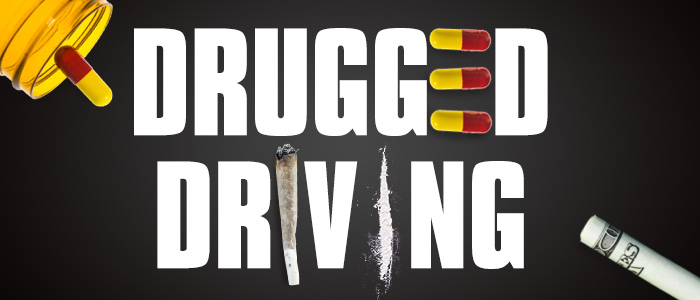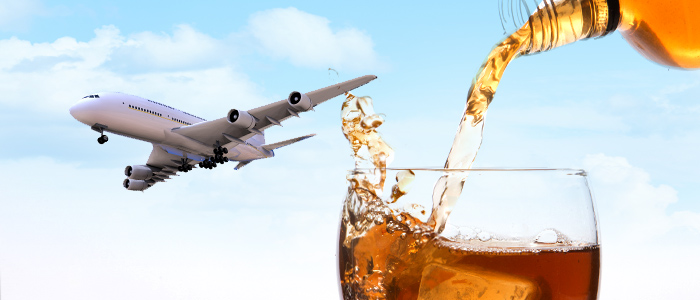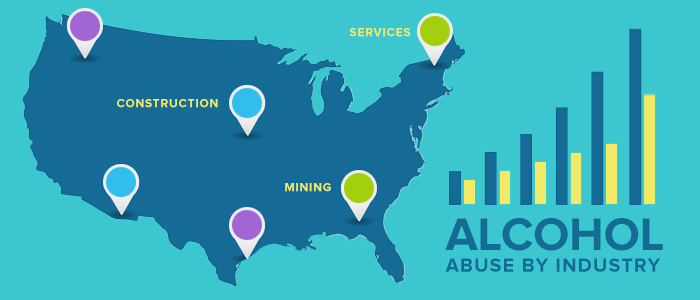Dragging Out the “Drugged Drivers” – DUI Enforcement is Also Capturing Drug Users
We all know about the dangers of “drunk driving.”
But what about “drugged driving?”
When someone gets behind the wheel after using a narcotic, they may be even more impaired than an alcohol user – making them a toxic peril to other drivers. And in many cases, they’re being mixed… with terrifying results.
Drugged Driving isn’t a new phenomenon. But what’s changed is the role of aggressive DUI enforcement in helping to snare more of these offenders.
In a recent LinkedIn article by Jim Wigmore – a forensic toxicologist and author – it’s clear that drinking drivers are more than twice as likely to have drugs in their systems than non-drinking drivers. This includes cocaine, THC and other prescription medications used in combination with alcohol.
The research indicates that roughly 300,000 to 400,000 drug users are being removed from the road by employing effective DUI enforcement strategies like sobriety checkpoints.
You can read the complete article here.






